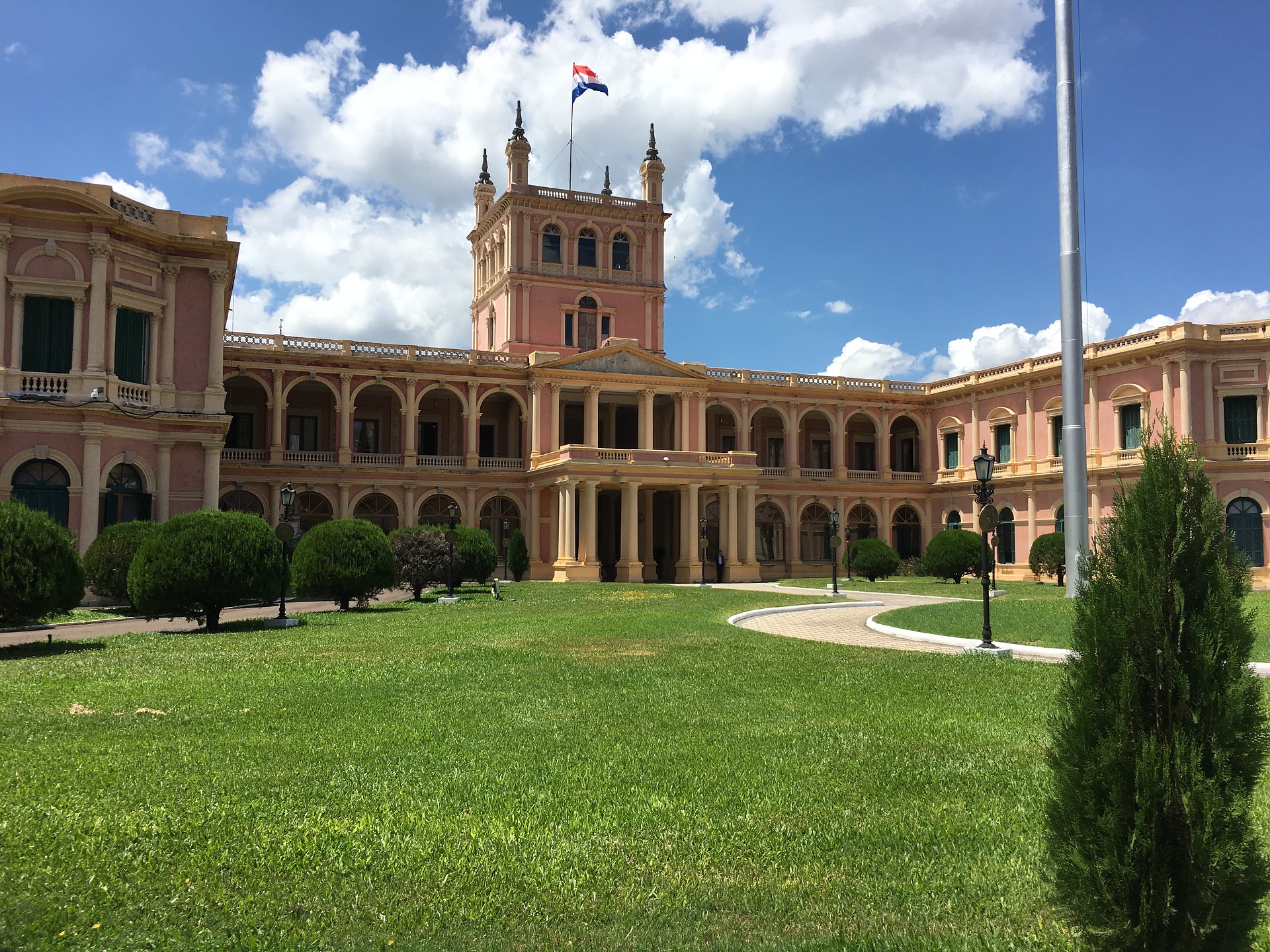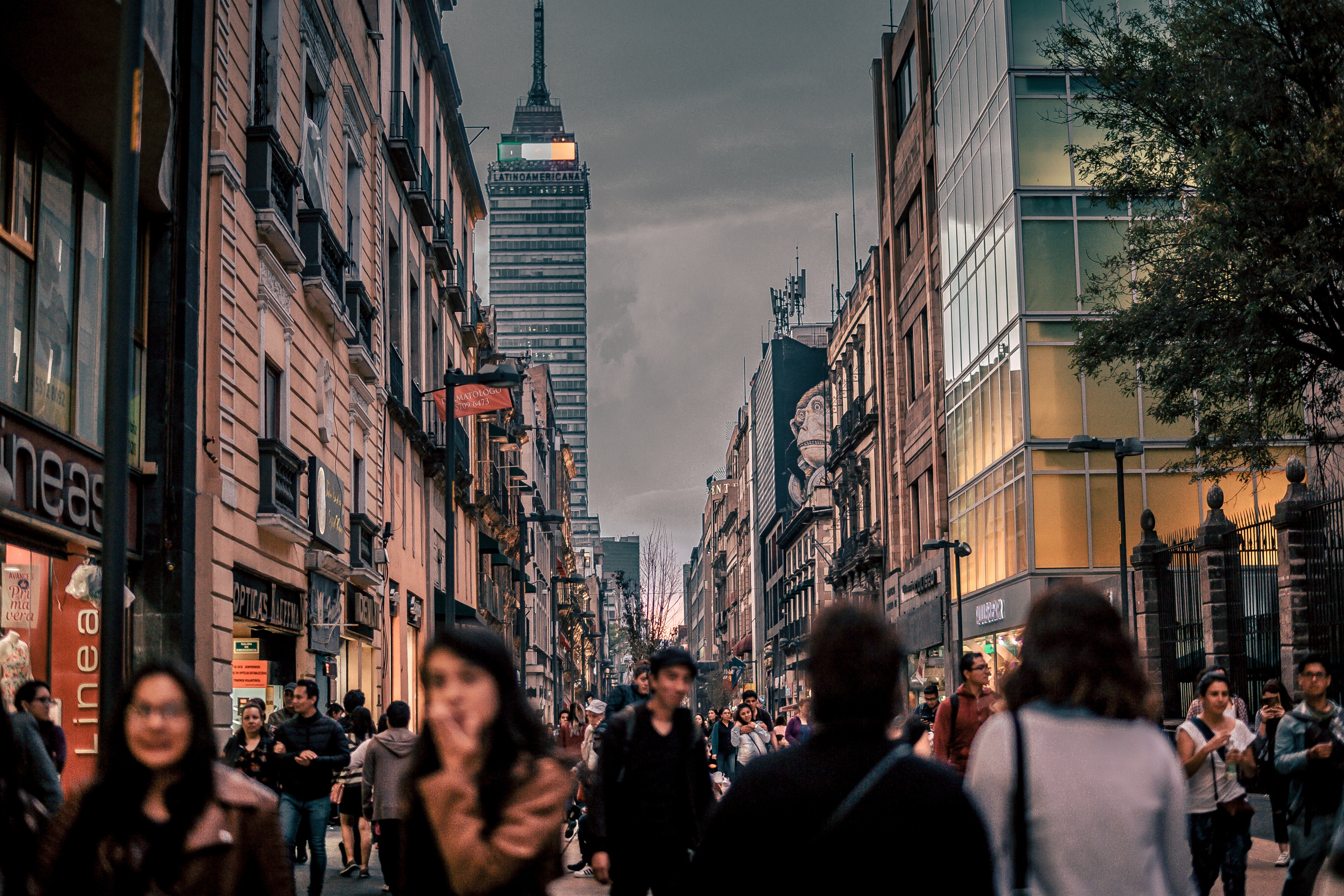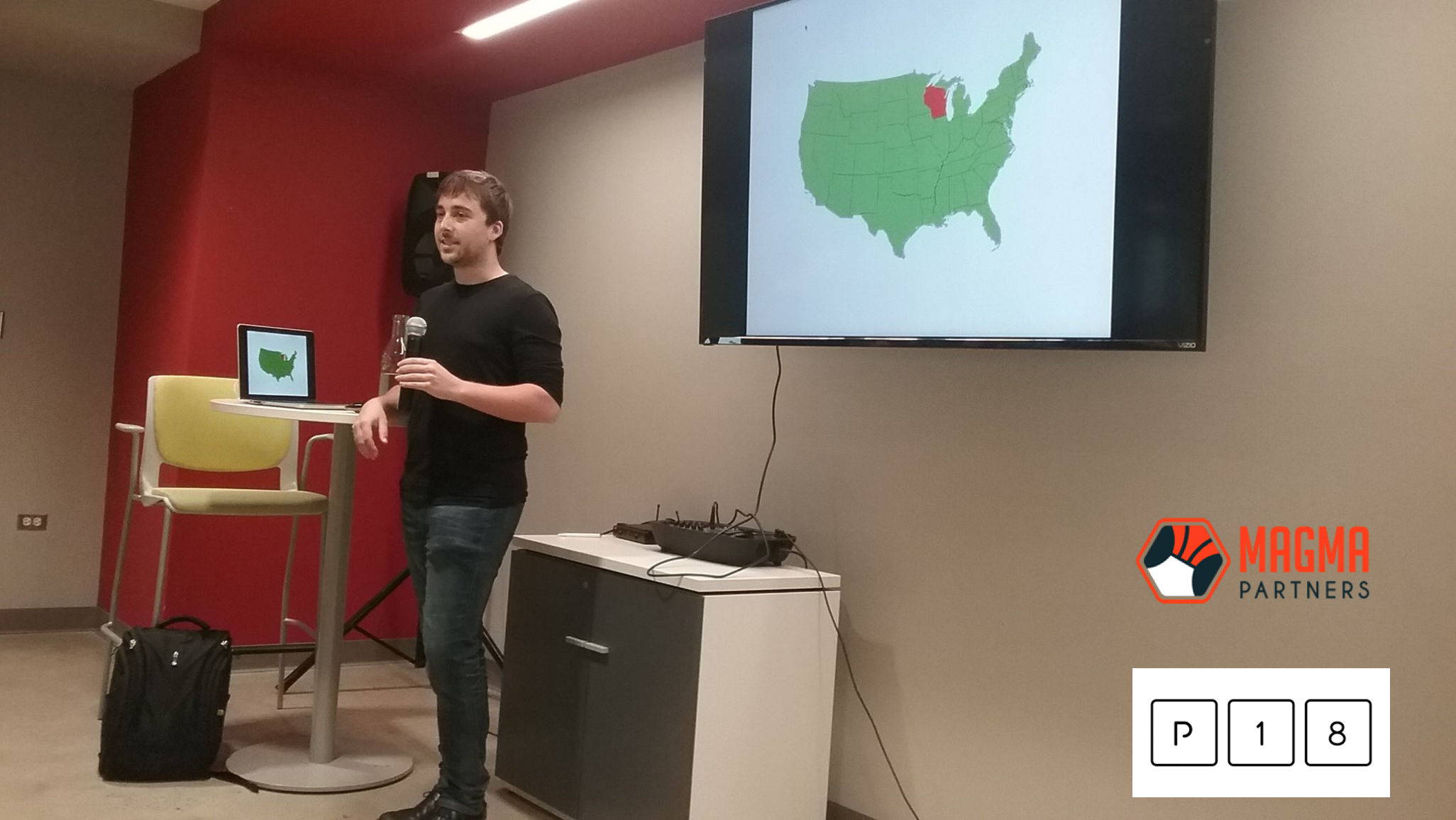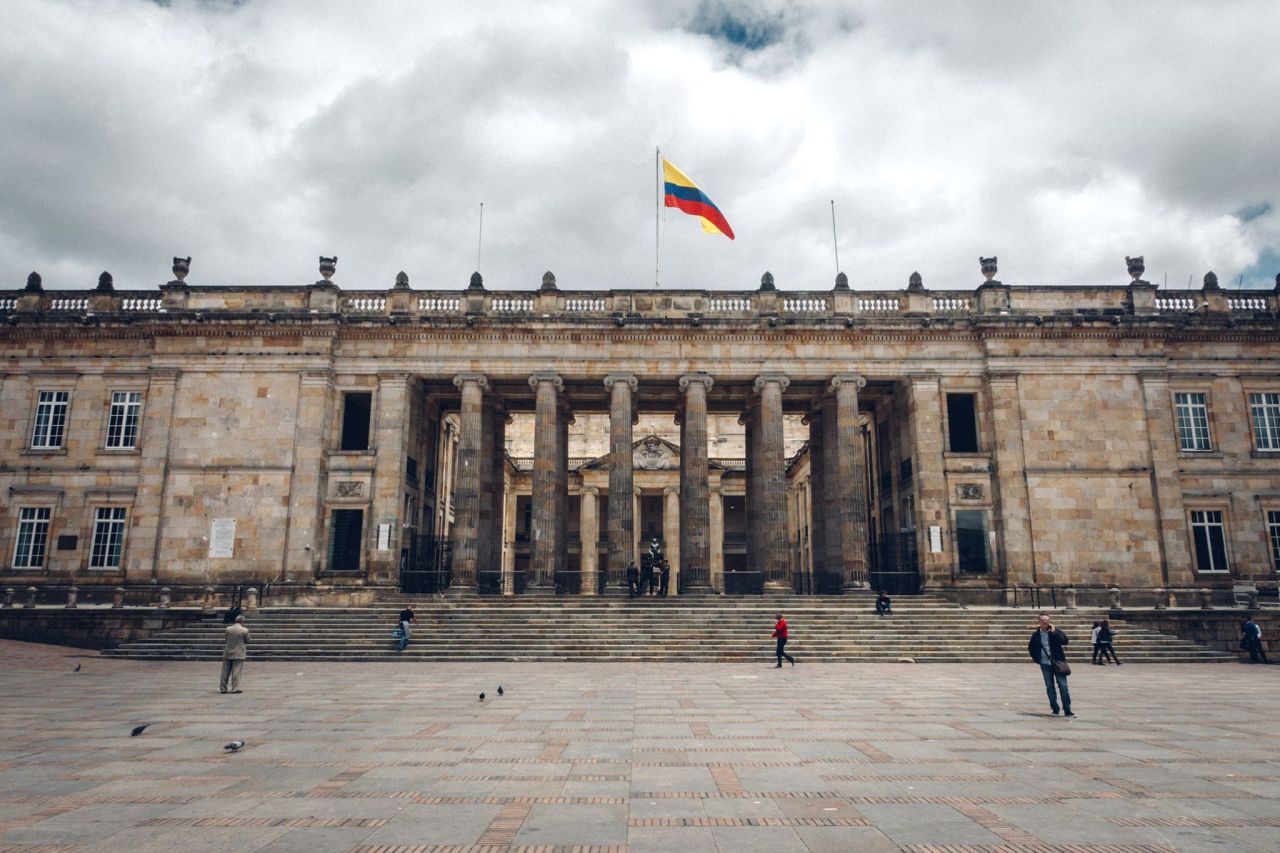The landlocked country of Paraguay flies below the radar for many entrepreneurs and travelers alike. Home to 6.7 million people, Paraguay has a GDP of $27.44 billion as of 2016, representing 0.4% of the world economy. Minimum wage is 1,964,507 Guaranies per month, which comes out to roughly US$353. Paraguay is a major producer of hydroelectricity, and the Itaipú dam, the world’s largest generator of renewable energy, is on the Paraná river. Paraguay had the highest economic growth in South America from 1970 – 2013, averaging 7.2% per year, albeit from a low base. Paraguay has a moderate inflation rate of 5% on average and international reserves of 20% of GDP, twice the amount of the external national debt.
Paraguay is the second-largest producer of both stevia and tung oil in the world, as well as the sixth-largest producer of soybeans and corn. While unemployment remains low at roughly 4.9%, studies estimate that 30-40% of the population is poor, and in rural areas, 41.2% of the population lacks the monthly income to cover basic necessities.
For investors and entrepreneurs, there are distinct advantages to doing business in Paraguay. By 2015, there were as many cell phones in the country as there were Paraguayans, partly because of poorly run fixed-line telecommunications services. For investors, the agriculture climate is ripe for high returns. The current rates of return in this industry are ~3% plus potential capital growth. (more…)



